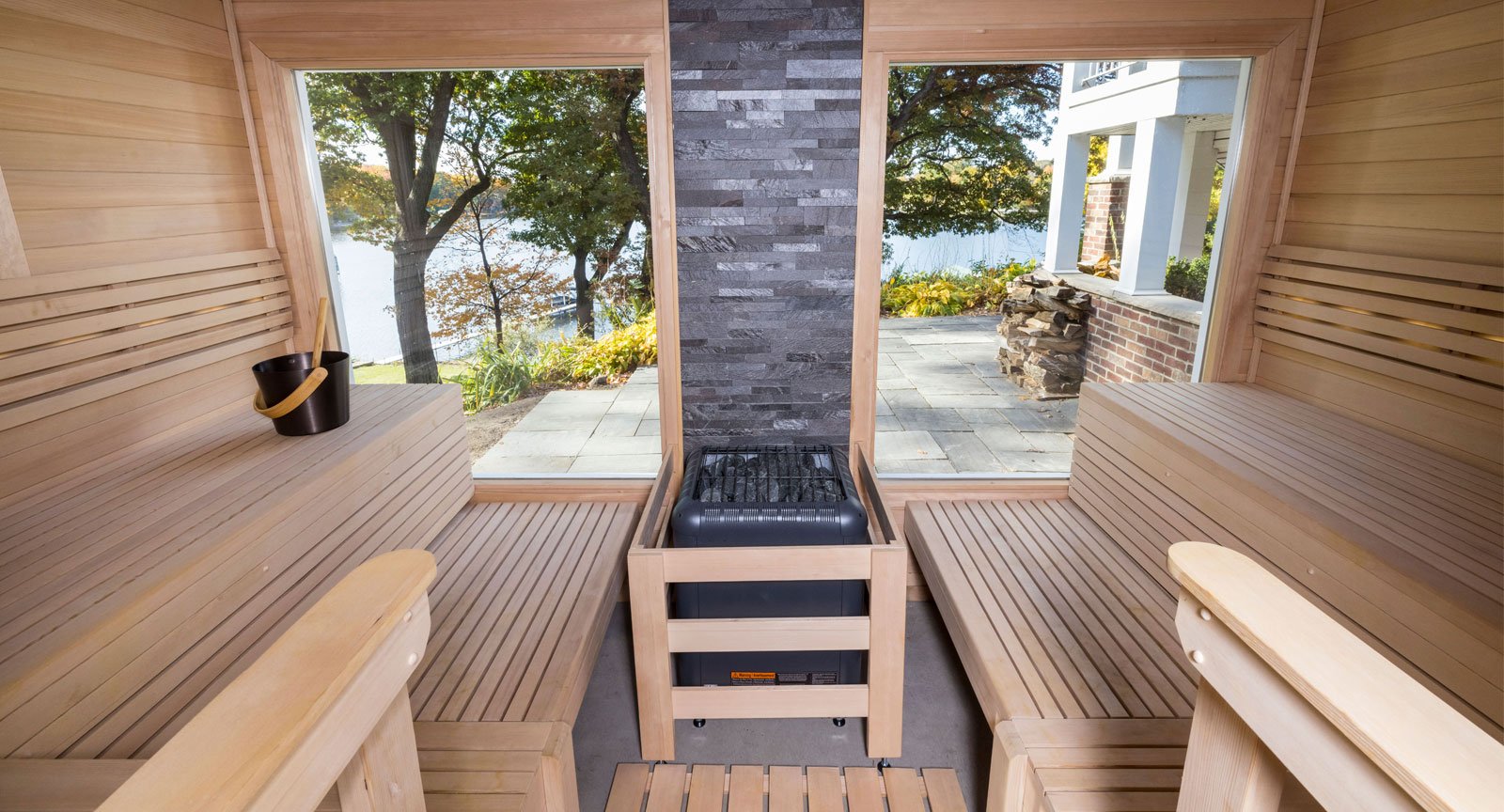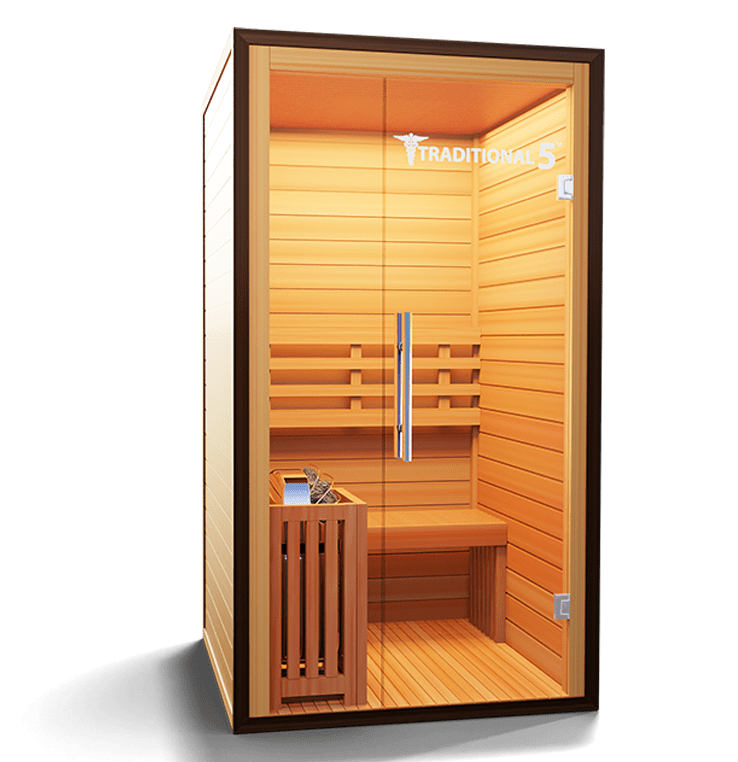The Of Traditional Sauna
The Of Traditional Sauna
Blog Article
The Of Traditional Sauna
Table of ContentsAn Unbiased View of Traditional SaunaThe Facts About Traditional Sauna UncoveredIndicators on Traditional Sauna You Should KnowNot known Details About Traditional Sauna Rumored Buzz on Traditional Sauna
Most of the weight shed in a sauna is water loss and is re-gained upon rehydrating. Without a doubt sauna can be a crucial component of a healthy weight loss program. To consider the differences in between conventional and IR saunas, I will certainly separate these into verifiable, theoretical, and made differences.Hence, the best point in the saunawhich is at the ceiling straight over the sauna heateris normally between 185 and 190 F. Claims that a traditional sauna exceeds 200 F is just not true and not suitable for electric saunas offered in the United States. The temperature for a far-infrared sauna is normally set in between 120 and 140 F; nevertheless, unlike the conventional sauna, the goal in and IR space is not to achieve a heat.

When a conventional sauna has been effectively heated up, the sauna wall surfaces are cozy, the air temperature has accomplished established temperature level and the rocks are incredibly warmed. As an interesting side note, the warmed walls and the rocks are emitting far-infrared heat, integrated with the warmed air, to create an "wrapping up warm".
Not known Details About Traditional Sauna
When the high temperature is attained, the aspects cycle on and off to preserve the high temperature level. Many typical sauna individuals take pleasure in pouring water over the rocks to create steam to increase sauna humidity degrees. The benefits of pouring water over the rocks include: making the space more comfortable, dampening the nasal flows, and permitting the use of aromatherapy by mixing important oils with the water.

When the energy enters the body, it triggers the body temperature to boost and eventually results in sweat. In an infrared sauna it is very important for the emitters/heaters to remain on nearly frequently. Given that there is no mass of rocks to keep warm, the sauna will certainly cool if the emitters turned off.
Some Of Traditional Sauna
As discussed over, the sauna bather in an infrared area intends to position himself before running emitters to obtain optimal take advantage of the heat. The home heating time for both spaces can be extremely different, depending on how the rooms are made use of. For a traditional sauna, a bather should permit 30-40 minutes for the room to achieve a desired temperature level and to appropriately pre-heat the rocks.

A well constructed sauna will generally attain a temperature of 150-160 F in concerning 30-40 minutes (Traditional Sauna). For hotter temperature levels, the space may need to heat for a longer duration. Once the room accomplishes set temperature level, the heating system will certainly cycle on and off, usually operating regarding 50% of the time. The shielded wall surfaces and the warmed rocks will certainly keep the area warm and at stable temperature levels.
To some, 15 mins was "squandered" while the infrared power warmed the wood panels rather than heating up a body, while others locate a pre-heated area to be extra comfy and think a raised beginning temperature is required to begin sweating. The length of recommended usage for every room is about the very same (10-15 minutes per session); however, as a result of the reduced air temperatures and the ability to feel the results of infrared warm faster than a standard sauna, it is not uncommon for an his explanation individual to invest a total of 20-30 mins in an infrared sauna.
The Definitive Guide to Traditional Sauna

The average price per kWH of electrical power in the U.S. is roughly $0.11, so a 4.5 kW heating unit will certainly cost approximately $.50 to run for one hour, if the heating unit runs continuously for one hour. Normally a sauna heating unit will run for 75% of the initial hour and 50% of subsequent hours on because the aspects cycle once the set temperature level is accomplished.
A 2 individual far-infrared space is generally physically smaller than a conventional website link sauna, typically useful reference regarding 4' x 4' or smaller sized. The IR heating unit is generally 1.5-1.7 kW utilizing a 120 volt 15 amp plug-in solution. Because the room can be utilized faster than a sauna area, we will certainly presume the area is used for to of an hour consisting of warm up time.
There is a rarely talked about difference in the social experience in between the two areas. While our society has actually shed some of the social benefit of the traditional sauna experience, it can be extremely socially satisfying (Traditional Sauna). From household time in the sauna, to heart-felt discussions with loved ones, to sauna partiesthe traditional sauna experience can cause intimate socializing
6 Easy Facts About Traditional Sauna Described
A lot of greater end infrared areas include tinted light treatment, audio systems and full-glass fronts.
Report this page